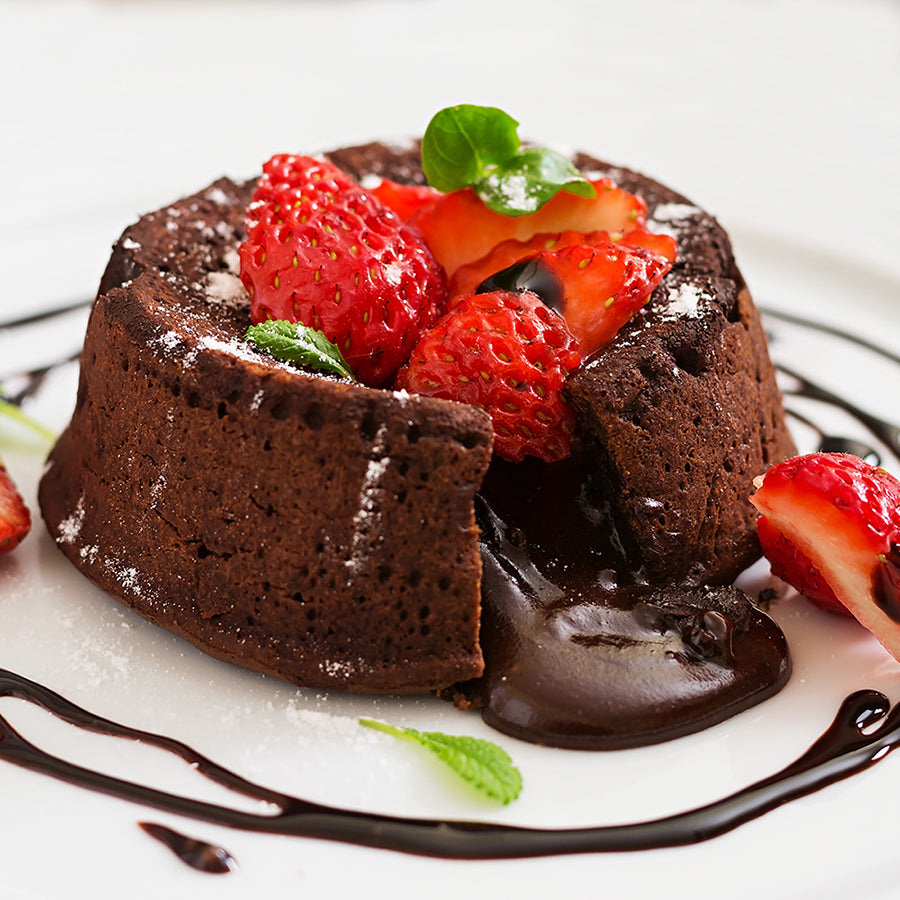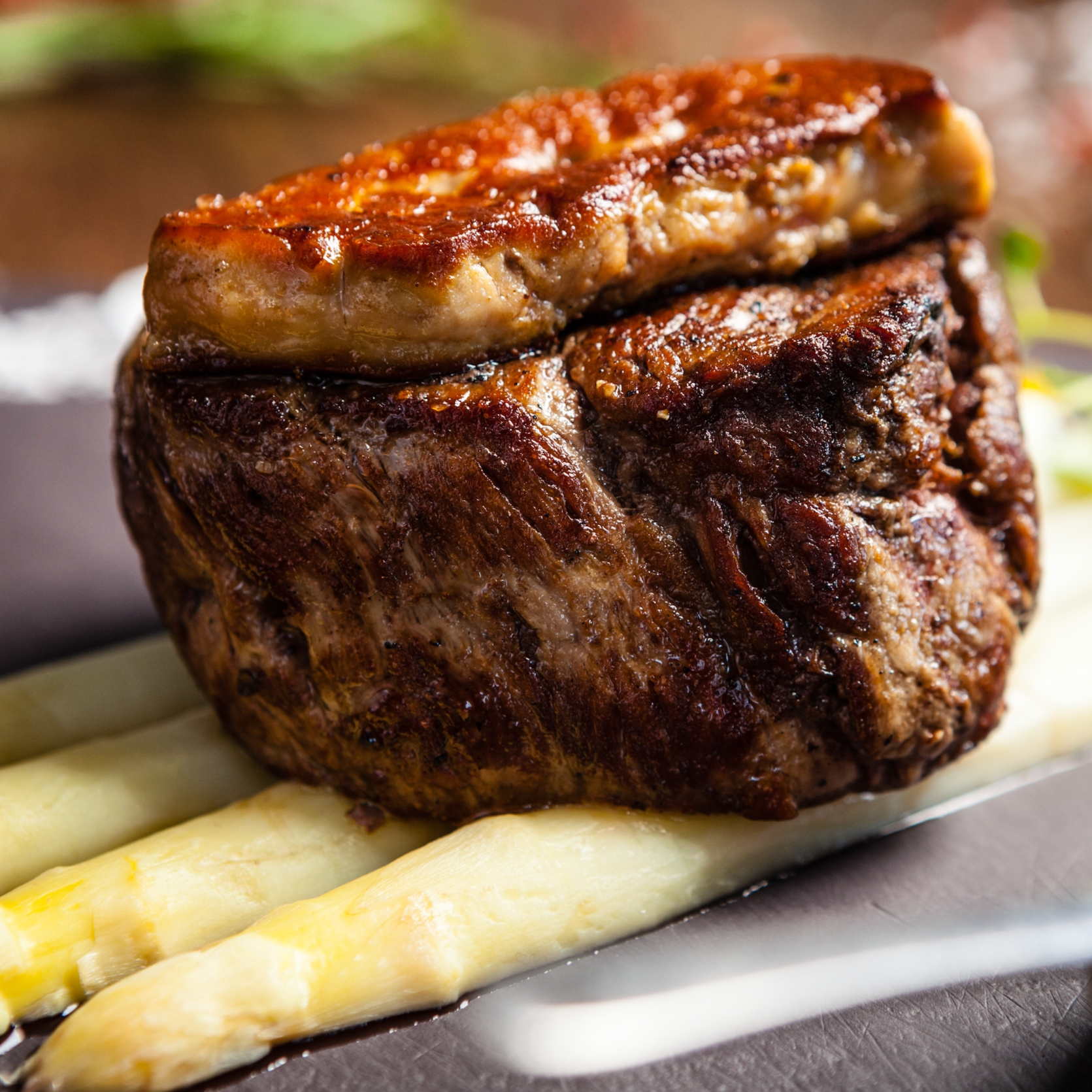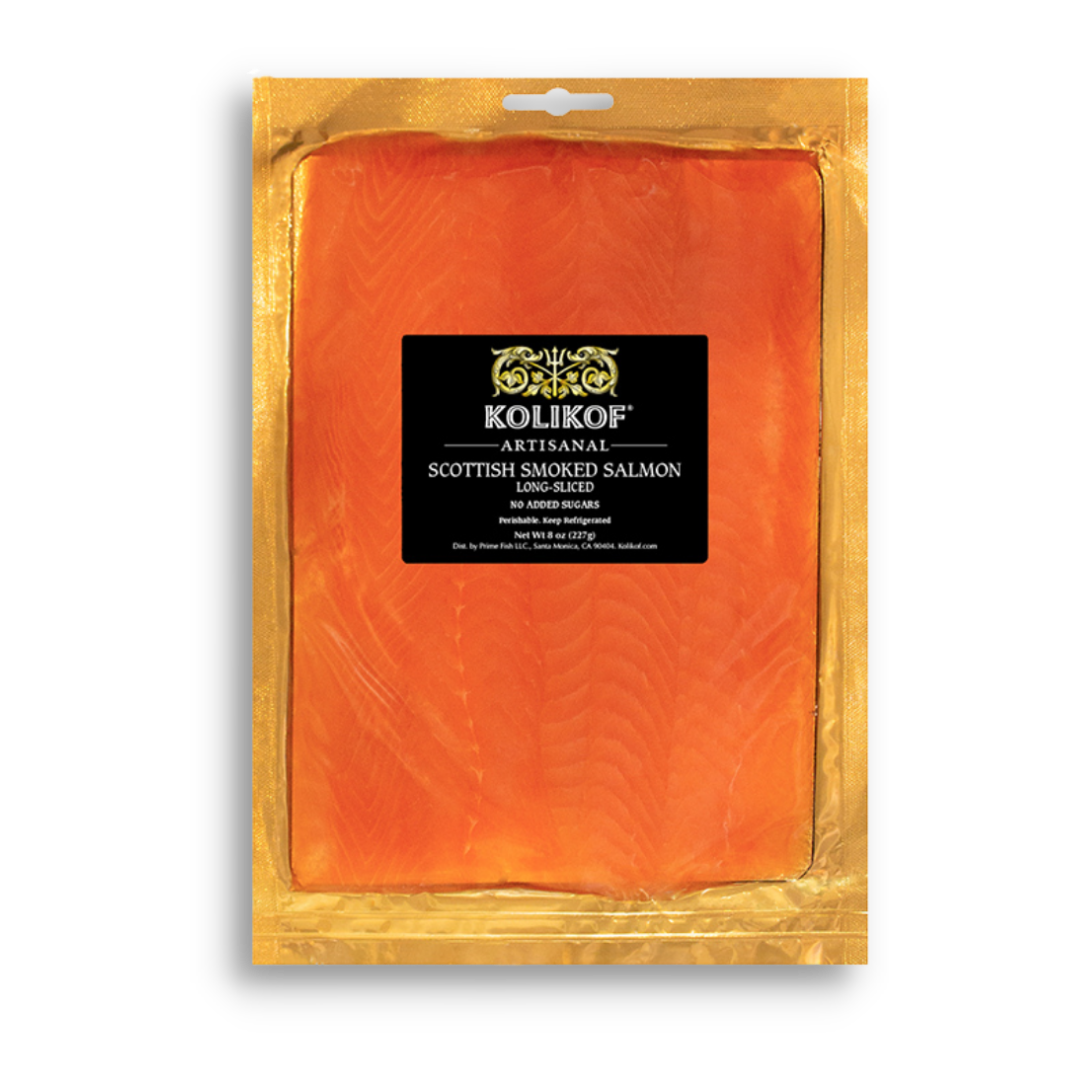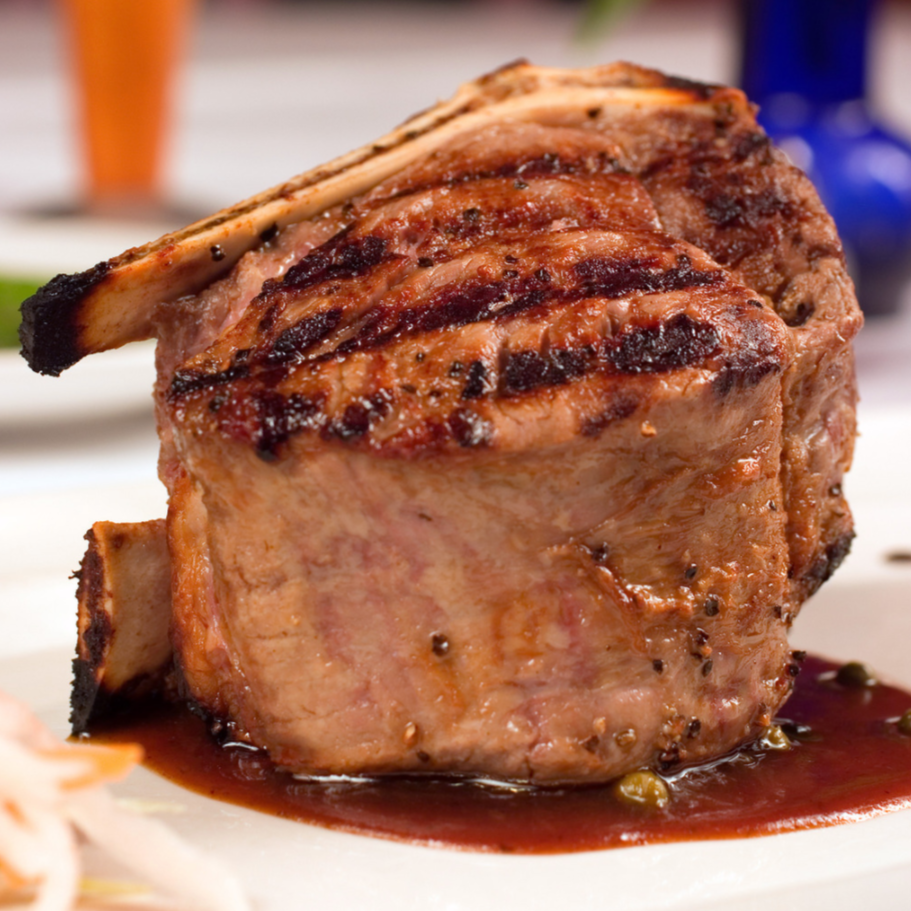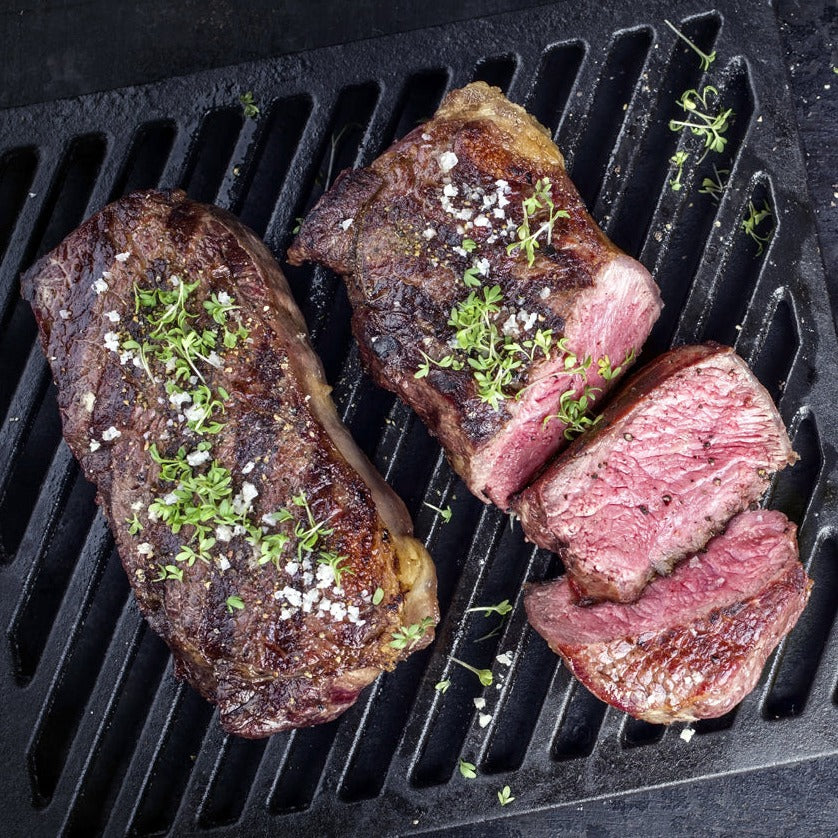Everything You Need to Know About Truffles
When you have not tasted a fresh truffle, it might seem hard to understand what all the noise is about. But these small lumps of spores are more than meets the eye, which makes them worth every expensive price tag.
Truffles — What They Are and What They’re Not
A truffle is an edible fungus. It’s also quite rare. Many people describe truffles as having an earthy flavor with a meaty texture that carries lots of umami. They are also known for their enticing smell.
One common mistake people make is thinking that truffles are mushrooms — they’re closer cousins. Unlike mushrooms, though, truffles grow underground. Sometimes, people think of the chocolate kind when you mention “truffles” — but those chocolates get their name from their shape and have nothing to do with fungi. So now that we’ve established what truffles aren’t, let’s dig deeper into what they are.
A truffle is a fruiting body (or sporocarp) of certain Ascomycota species, commonly called sac fungi in general terms (a technical term). These grow underground among tree roots (most often hazel, oak and pine), where they get sugars from the roots to survive while helping the trees absorb water and nutrients – so they’re integral parts of their ecosystems! There are only few suitable species out of some 200 types known worldwide for eating purposes.
An Unpredictable Mushroom
Wild truffles were originally found in France and Italy before being cultivated elsewhere such as Canada or Australia which belong to temperate zones around globe; other places include Chile or New Zealand among others but Spain remains largest producer globally followed by US then Italy. For growth to occur there must be specific conditions met; this therefore means that alkaline well-drained soil should prevail together with temperature ranging between 8 degrees Celsius throughout year until 15 degrees Celsius depending on region since most areas do not experience such environment due to weather change which can take even more than ten years before one harvests anything from point of planting since they have short shelf life; few days up until weeks only depending on what type it is henceforth these are factors why truffles cost so much.
Hunting: Pig or Dog?
With naked human eye, truffles cannot be seen easily. Due to their keen sense of smell, pigs were used in the past to locate them. However, hogs have one problem – they tend to eat what they find! Dogs are now employed for this purpose as they possess good noses but do not usually consume the findings.
When found, great care must be taken in digging them out because they are very fragile and could therefore get damaged easily. Subsequently, it is necessary that once dug up, truffles should be shipped off straight away since within about a week or two at most, spoiling occurs thus providing little time for selling.
Varieties of Truffles
Truffles generally fall into either white or black categories although there exist some other types too. Burgundy ones are quite popular just like blacks.
White truffles may also be known as “whitish truffle” or “bianchetti”. They actually have a pale yellow color akin to potatoes.
As far as taste goes, they are sharp in a way that is comparable to neither garlic nor shallots. Due to this fact, pastas, potatoes and even pizzas benefit from them! For a lighter meal, you can pair white truffles with fish, salad, spring veggies and poached or scrambled eggs.
White truffles come mostly from the Piedmont area of Italy but they can also be found in other parts of Italy and Croatia. Part of their rarity is that the harvest season only lasts for two months – December through January. For this reason white truffle is considered even more luxurious than any other kind and therefore much higher priced.
Though it may be difficult finding them for sale at stores near you, Kolikof Caviar & Gourmet has fresh-sourced-by-the-ounce white winter truffles always available after receiving an order.
Black truffles which are also referred to as “French black truffle”, “Black gold” or “Périgord” is the most common type found throughout France’s South West region (famously) however they can also come from various regions within France as well as Spain and Italy. The harvest season runs between September until December each year.
They have a longer shelf life than whites; if kept under proper conditions blacks will last up to two weeks!
Appearance wise black truffle may look like clumps of dirt because it has earthy colors on its skin while having slightly sweet woody flavor compared with piquant white ones that would still work perfectly fine alongside cooking sauces meat dishes creamy foods etcetera since they are less strong flavored than their counterpart.
In terms of costliness black ones do not command such high prices as do whites yet one should expect paying good amount money when buying them anyway wherefore being known delivering top quality black winter truffles straight up your doorstep makes sense for Kolikof.
Burgundy Truffles
Another option worth trying out are burgundy truffles especially if you want something less pronounced. Although not as aromatic when compared to either black or white varieties, burgundies have a taste that is both heavenly and unique. Picture a mushroom with nice hints of hazelnut!
These reddish-brown fungi mainly grow in France and Italy, harvested from September through December they’re often referred to as “autumn truffle” best paired with fall ingredients such as pumpkin & poultry while also working shaved over squashes/soups too.
Kolikof stocks these same ones typically used at five-star eateries.
Truffle Preparation
As with mushrooms there’s no need to wash truffles – just wipe off any visible dirt before using them.
Cutting truffles can be done either by shaving or grating them.
A Close Shave
The recommended way of serving truffles is shaving thin pieces all over your dish. The shaved parts will immediately transform any plate due to their very fragrant look which is likely to captivate anyone who gazes into the mesmerizing patterns from within this beautiful marble-like food item known as a truffle.
Also creating “the perfect bite,” where one piece sits on top of a bite size portion balancing flavors within meal should be achieved using shavings
Make sure to cut your truffle as thinly as possible. It is unnecessary to slice thick pieces because the truth is that a little goes a long way, and you want the biggest bang for your buck. And if a recipe asks for a peeled truffle, never throw away the peels! Keep them; they’re equally valuable.
The perfect tool for making those ideal shavings is a truffle slicer. These gadgets are made to give you control and accuracy every time you cut. Kolikof has an easy-to-use quality truffle slicer — used by Michelin-star chefs!
A Great Option
Grating can be an excellent method for utilizing all of your truffle. This technique works best when making fine dishes where the truffle isn’t the main luxurious ingredient (such as cooking wagyu beef). These small bits can also add great flavor to sauces and dressings.
More of this expensive fungus will be exposed to air through this method, therefore sending stronger odors around food.The technique also comes in handy when some of those rough exterior parts of the fungus fail to get shaved during shaving process.
Use a microplane for grating but handle it with care!
Cooking with Truffles
You’d be surprised at how easy it is to cook with such high-quality ingredients like truffles.Sometimes,you don’t have to cook them at all! The heat from the dish itself brings out their strong flavors and aromas,anything extra might spoil them.Black truffles could be lightly tossed over the stove for maximum flavor exposure but ensure that you use low flame and remove them from the pan immediately.White ones should always remain raw since cooking destroys their unique taste profile.
Saving and Storing
If you cannot use up your entire truffle within one go, proper storage becomes imperative.White variety only survives five days while black and burgundy species can last anywhere between one week or two,and sometimes even three weeks.Wrap your truffles in paper towel then put them in a glass jar for freshness.Change the paper towel everyday to reduce moisture content.
Some people store their truffles over rice or risotto inside a covered container, with mixed outcomes.This trick might help prolong your truffle life but could also draw out most of its flavors.


